An artistic fish, a cartwheeling spider and a dinosaur nicknamed the “chicken from hell” round out the list of this year’s “Top 10 New Species.”
The alphabetically-ordered list, published annually by the International Institute for Species Exploration at the State University of New York's College of Environmental Science and Forestry (ESF), highlights some of the most interesting species named within the past year.
ESF says it releases the list in late May to coincide roughly with the birthday of Carl Linnaeus. Born on May 23, 1707, Linnaeus is known as “the father of modern taxonomy” due to his work developing a system for classifying biological organisms.
Our favorite from this year’s list? Probably the sea slug. Slugs just don’t get the attention they deserve.
Check out ESF's top 10 new species of 2015:
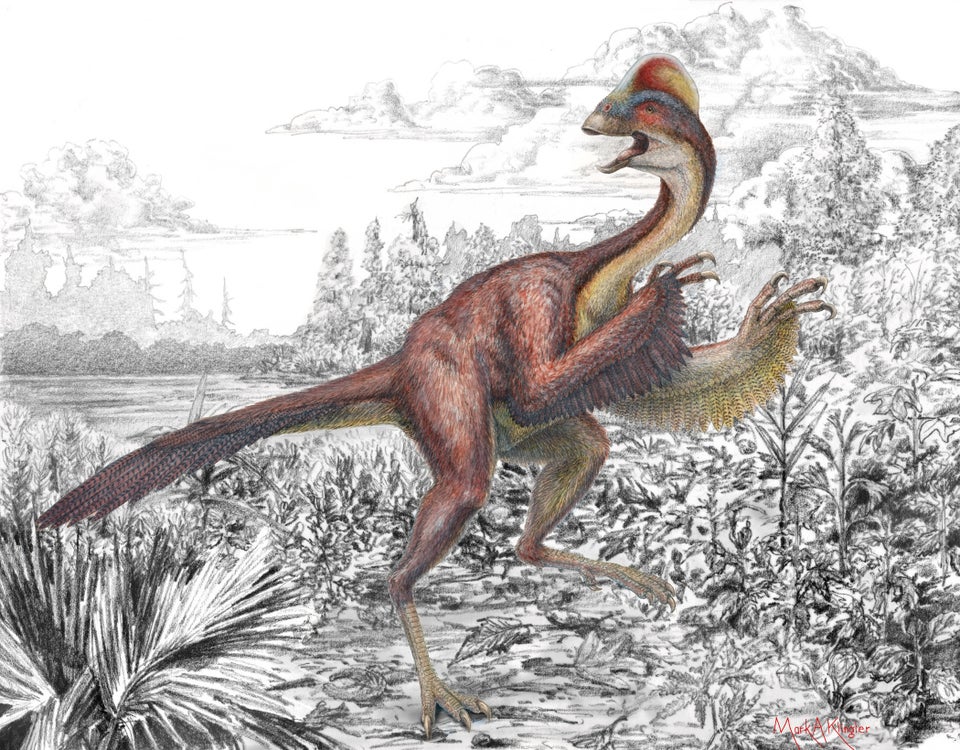
Instead, they named the beast after "Anzu," a mythological feathered monster, and Wylie J. Tuttle, the grandson of a Carnegie trustee.
ESF says the 5-foot-tall, 10-foot-long dinosaur had feathers, hollow bones and a parrot-like beak, and made nests and sat on eggs until they hatched. Partial skeletons of the creature have been found in North and South Dakota.
ILLUSTRATION: Life reconstruction of the new oviraptorosaurian dinosaur species Anzu wyliei in its roughly 66-million-year-old environment in western North America.

PHOTO: Branching above-ground tubers and young inflorescences of pistillate plant.
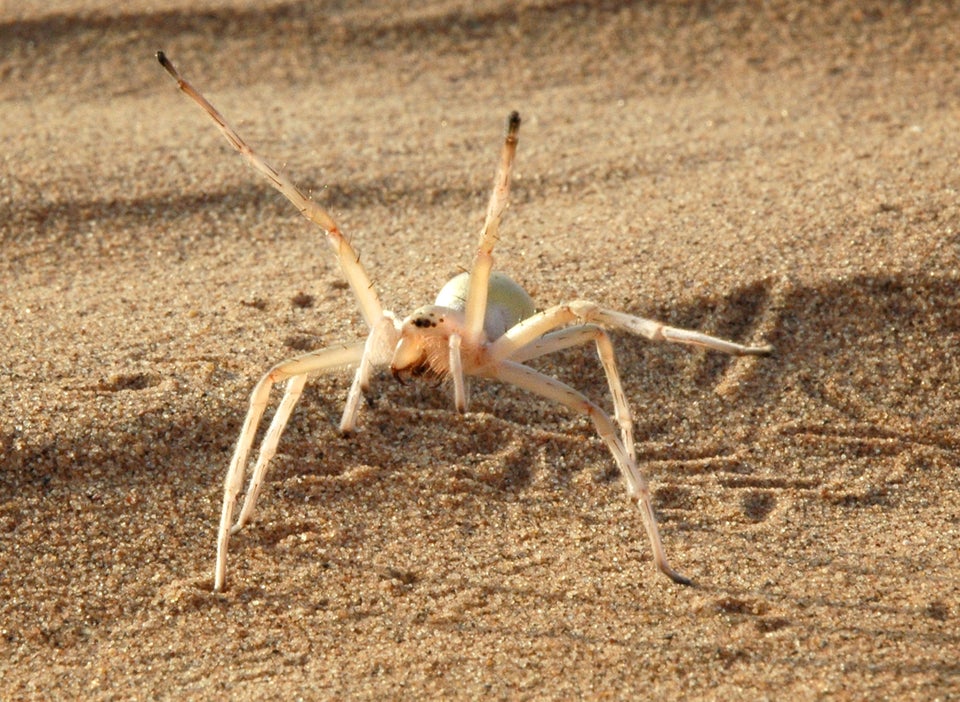
PHOTO: Threatening behavior by the cartwheeling spider.

PHOTO: Dendrogramma enigmatica, lateral and aboral views. Photographs taken after shrinkage.)
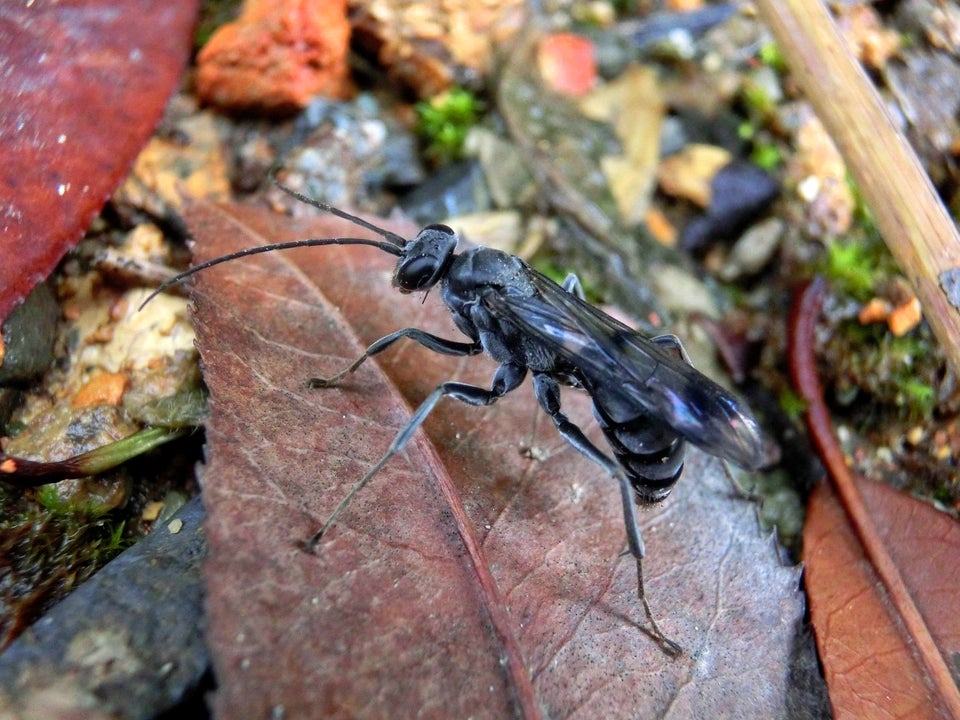
PHOTO: A female of Deuteragenia ossarium in its natural ecosystem in southeast China.

PHOTO: Limnonectes larvaepartus, male (left) and female (right), photographed in the field on Sulawesi.
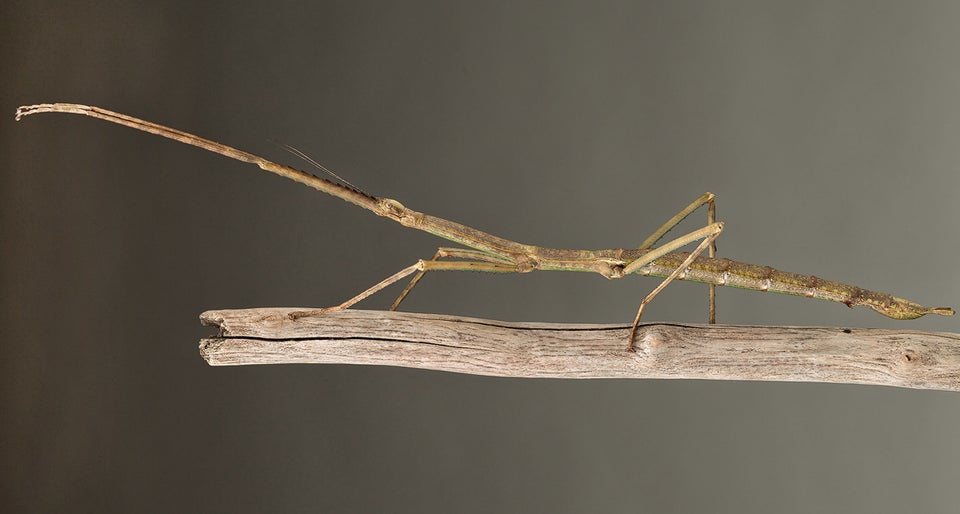
PHOTO: Phryganistria tamdaoensis, female.
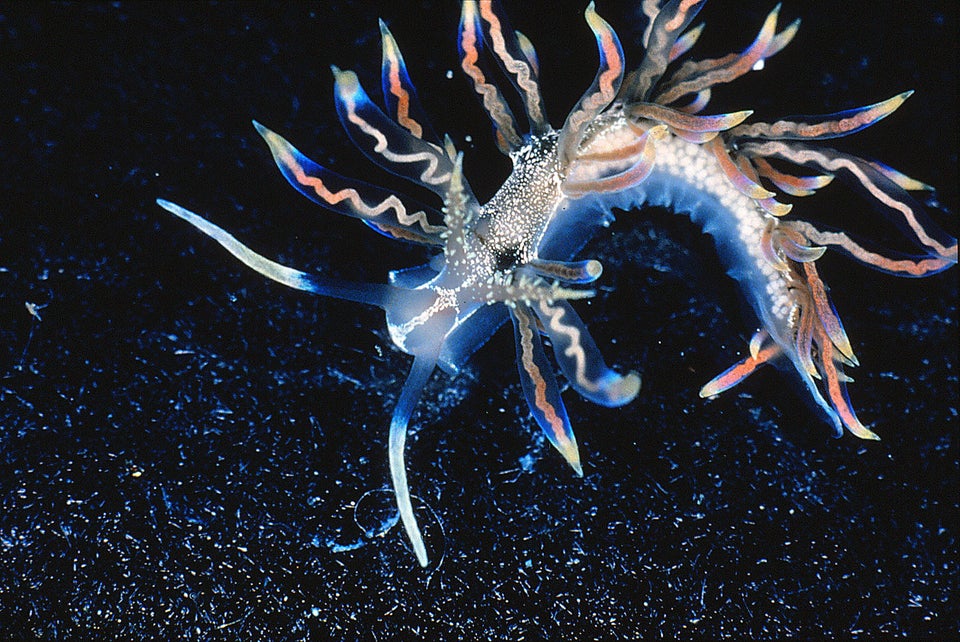
PHOTO: Phyllodesmium acanthorhinum.

PHOTO: Tillandsia religiosa's habitat.
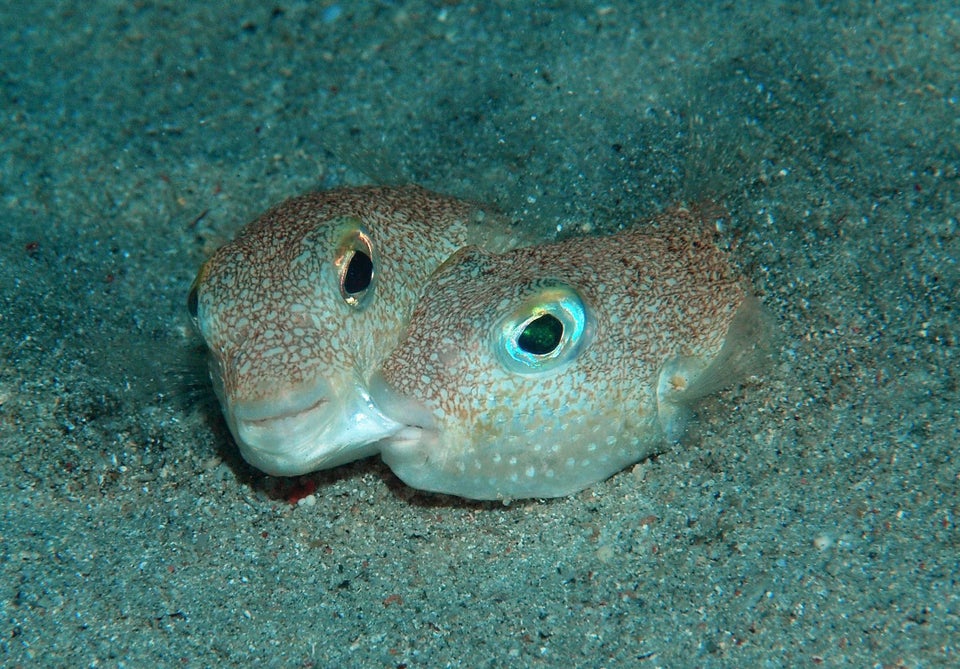
PHOTO: A male (right) biting on the left cheek of a female (left) while spawning.

PHOTO: A spawning nest (mystery circle) of Torquigener albomaculosus found 26 meters on a sandy bottom along the south coast of Amami-Oshima Island in the Ryukyu Islands.
MORE PHOTOS:
![]() Contact The Author
Contact The Author

